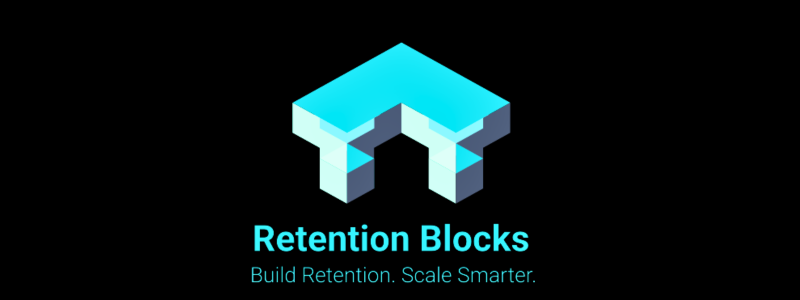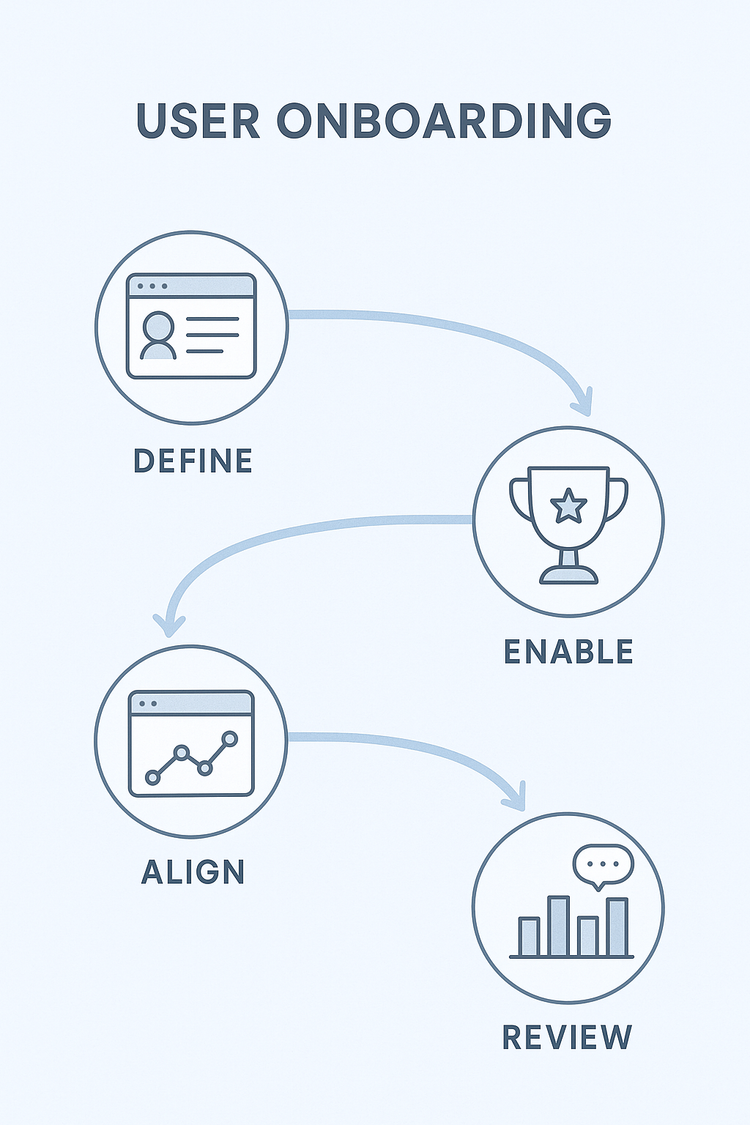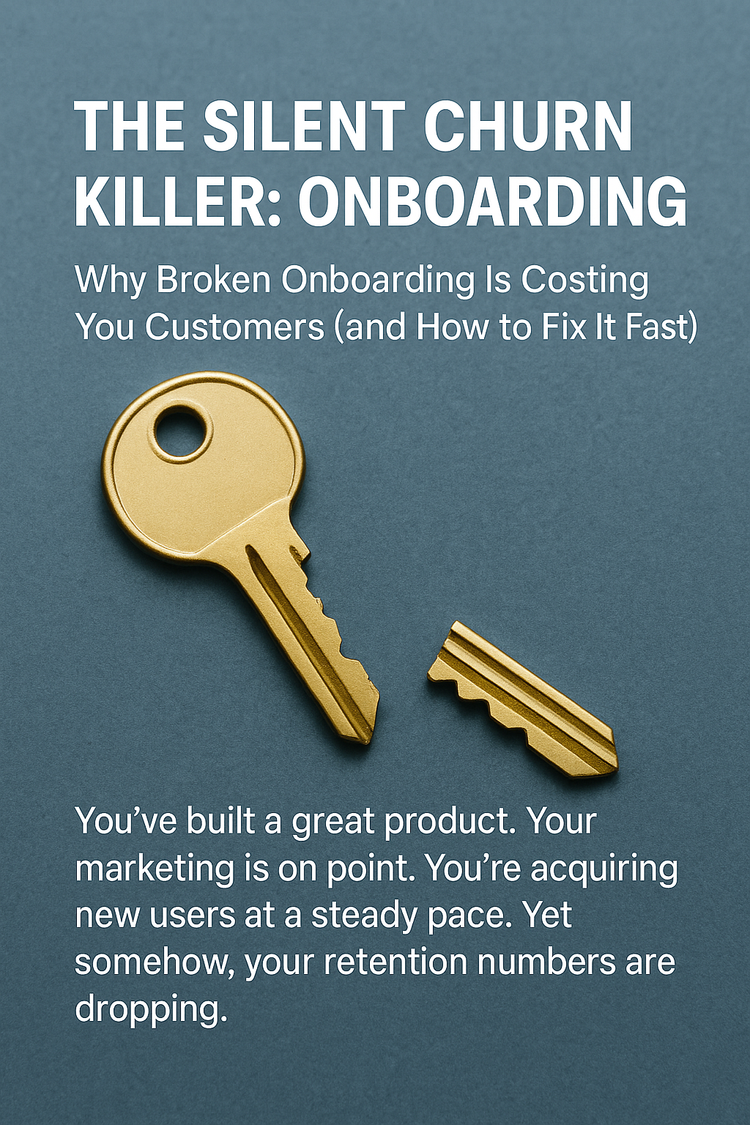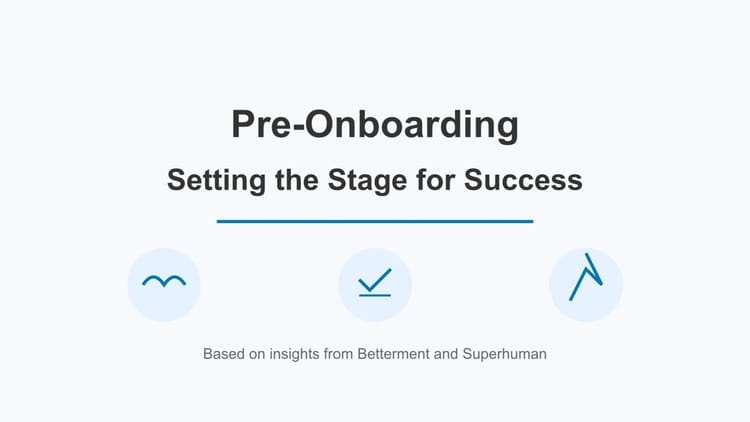The First 90 Days: Building Your 90-Day Success Plan for CSM

In the world of SaaS, Customer Success Managers are the value architects who transform paying customers into loyal advocates.Yet the question remains: How do you navigate those crucial first three months that can make or break your success?
Successful CSMs know that the first three months with new clients are make-or-break. The approach outlined below represents a battle-tested blueprint that has provided a clear roadmap for CSMs looking to make an immediate impact. This strategic 90-day plan creates a foundation for long-term client relationships.
Day 1–30: Activation & Quick Wins
The first month is all about building relationships while proving your worth. This important balance requires strategic thinking and tactical execution.
Understand the Customer Landscape
Before your first customer call, dig into the data. For each account, understand:
- Why did they purchase your solution?
- What specific problems are they trying to solve?
- Who are the key stakeholders and decision-makers?
- How do they define success?
Nick Mehta, CEO of Gainsight and co-author of "Customer Success," recommends creating a simple one-page summary for each customer. This forces you to simplify complex information into actionable insights.
Conduct Strategic Intro Calls
Your first meeting sets the tone. Rather than diving straight into product features, focus on relationship-building. I've found this three-part approach delivers excellent results:
- Personal connection: Spend a few minutes getting to know them as people.
- Success definition: Ask, "Six months from now, what would make you feel this partnership was successful?"
- Immediate concern: "What's one thing we could help you with in the next two weeks?"
This last question is your gateway to quick wins.
Deliver Rapid Value
HubSpot reports that customers who experience strong onboarding and early value delivery are far more likely to stay longer and purchase more, emphasizing the critical role of early customer success.
Some proven quick wins include:
- Build a personalized dashboard that tracks the goals and metrics they care about most.
- Set up simple automations to save them time on routine tasks.
- Introduce them to another customer who has successfully solved a similar problem.
- Offer a customized training session focused on the features they need the most.
Day 31–60: Driving Engagement & Product Adoption
Now that you’ve built the relationship and delivered some early wins, it’s time to focus on helping your customer get even more value from your product. During this stage, your goal is to encourage deeper use of the product and ensure they see ongoing benefits.
Map the Customer Journey
While every customer’s experience is different, creating a clear roadmap helps both you and your customer stay aligned. Collaborate with them to build a simple, visual guide that shows:
- Their current situation — where they are starting from.
- Their goals — where they want to end up.
- Key milestones — the steps and achievements along the way.
This gives both sides a shared understanding of progress. A helpful resource here is Wes Bush’s Product-Led Growth framework, which suggests focusing on "value moments" (when the customer experiences meaningful results), rather than just ticking off feature usage.
Develop a Success Plan
A success plan turns broad goals into clear, actionable steps. For each customer, outline:
- 3 to 5 specific, measurable goals they want to achieve.
- A timeline for when each goal should be completed.
- The resources needed from both your team and the customer to reach these goals.
- Possible challenges and how to overcome them.
Share this plan with all relevant stakeholders and keep it updated over time. Think of it as your guiding document — it will keep everyone focused and make your future discussions more productive.
Focus on Meaningful Engagement
To measure and encourage meaningful engagement, you can use Google’s HEART framework, which looks at five key areas:
- Happiness — Are your customers satisfied with their experience?
- Engagement — How often and how deeply are they using your product?
- Adoption — Are they using more features over time?
- Retention — Are they staying with you for the long term?
- Task Success — Are they able to complete their goals effectively with your product?
(Source: Google’s HEART framework, developed by the Google UX team for measuring user experience.)
One powerful approach to boost engagement is to build internal champions within your customer’s organization. These are people who love your product and can influence others to adopt it too. Here’s how you can do this:
- Identify potential champions — Look for users who are highly engaged or excited about the product.
- Give them exclusive insights or advanced training — Help them go deeper with your product and become experts.
- Publicly recognize their efforts — Acknowledge their contributions in meetings, newsletters, or customer communities.
- Empower them to lead adoption efforts — Give them tools, resources, and support so they can confidently advocate for your product internally.
I once had a client tell me, “Your product isn’t just helping my team — it’s helping my career.” That’s the moment I realized we had successfully created a true champion inside their company.
Day 61–90: Measuring Success & Ensuring Retention
As you move into the final month of the onboarding journey, the focus should shift to showing clear results, preparing for renewal discussions, and setting up the customer for future growth.
Use Customer Health Scores
Customer health scores are an early warning system that helps you spot risks and opportunities in advance. According to Gainsight’s "Customer Health Score Playbook," an effective health score should include:
- Product usage data — Are they using your product regularly and across different features?
- Support interactions — How often are they reaching out, and what’s the tone of those interactions?
- Achieved business outcomes — Are they seeing results like time savings, revenue growth, or cost reductions?
- Contract insights — When is their renewal date? Are there upsell or cross-sell opportunities?
(Resource: Gainsight’s Customer Health Score Playbook — a leading guide for setting up health scoring frameworks.)
Conduct ROI (Return on Investment) Reviews
Take the initiative to clearly show the value your product or service has delivered. The most effective ROI reviews help your customer see the impact of their investment. Here’s what to include:
- Before-and-after snapshots — Show how things have improved since they started using your product.
- Hard numbers — Highlight measurable benefits like time saved, increased revenue, or reduced costs.
- User feedback — Share positive comments or testimonials from their team.
- Industry benchmarks — Compare their results with industry standards to show they’re on the right track.
Conclusion: The Road to Customer Success
The first 90 days in your role as a Customer Success Manager (CSM) are just the beginning. They lay the groundwork for building strong, lasting relationships with your customers. But remember — the journey doesn't stop after those initial months. The best CSMs keep evolving, constantly improving how they support their clients. They become both a trusted advisor and a proven value creator for their customers.
Always keep in mind: customer success is about more than just numbers or dashboards. It's about helping real people reach their goals. Behind every account and every data point, there’s a person working hard to make a positive impact in their company. Your mission is to support them, empower them, and help them shine in their role.
As Lincoln Murphy, one of the pioneers in Customer Success, wisely said:
“Customer success is when your customers achieve their desired outcome through their interactions with your company.”
By following this 90-day plan, you’re setting yourself up to not only help your customers win but also to grow in your career as a CSM. Stay curious, stay proactive, and remember: your success is built on the success of your customers.






Member discussion